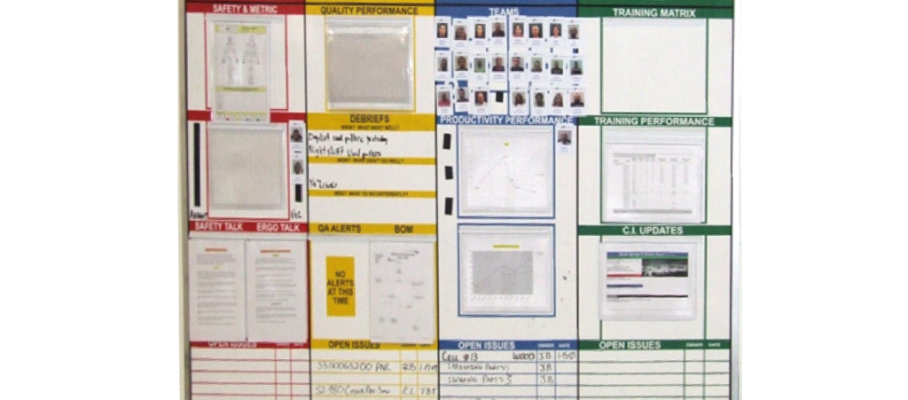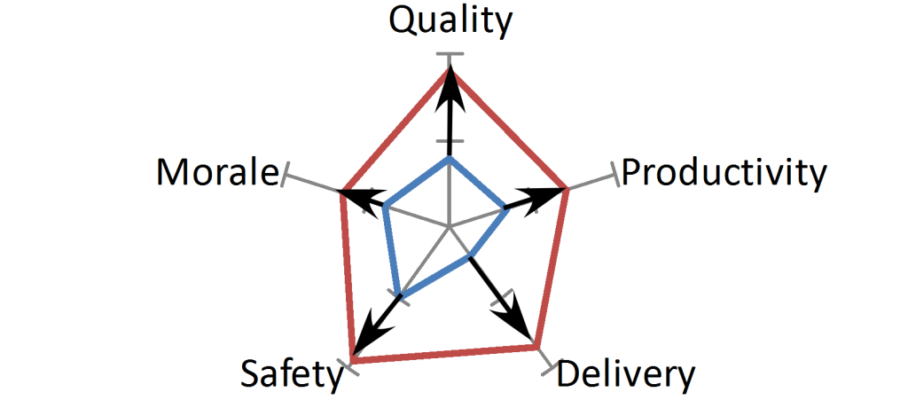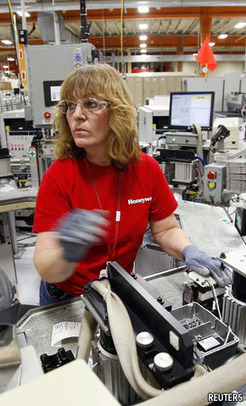Apr 13 2012
The skills that a lean supervisor has to have
Via Scoop.it – lean manufacturing
An important topic, but the five skills in the article don’t match what I have seen in factories. Requiring supervisors to know how to do every job is tentamount to restricting that position to people who have come up from the ranks of operators. Many effective supervisors do have this background, but it takes them so long to become supervisors that it is usually as far as they go. In many companies, you also encounter supervisors who are recent college grads with an engineering degree and sometimes an MBA, who then move on to other jobs. They obviously can’t know the details of every operation, but can be effective if they have team leaders who do.
In knowledge of responsibilities, the article mentions codes and union contracts, but omits the execution of the production plan. In ability to Kaizen, I would broaden this to the ability to lead improvement projects, and the background required for this goes beyond 5S and problem-solving to include line design concepts and some understanding of SMED, cells, heijunka, kanbans, etc.
Yes, supervisors should know how to lead and to teach, but, in a Lean environment, they are also responsible for helping operators through career planning, which means organizing job rotations and training to develop skills towards their individual goals, and providing regular feedback.
Via www.smartbrief.com



Apr 14 2012
From bitter to sweet
Via Scoop.it – lean manufacturing

A Honeywell plant in Lincolnshire, Illinois,, went from being one of the most messed up to one of the best. ….The Economist
Via www.economist.com
Share this:
Like this:
By Michel Baudin • Press clippings 0 • Tags: Lean manufacturing